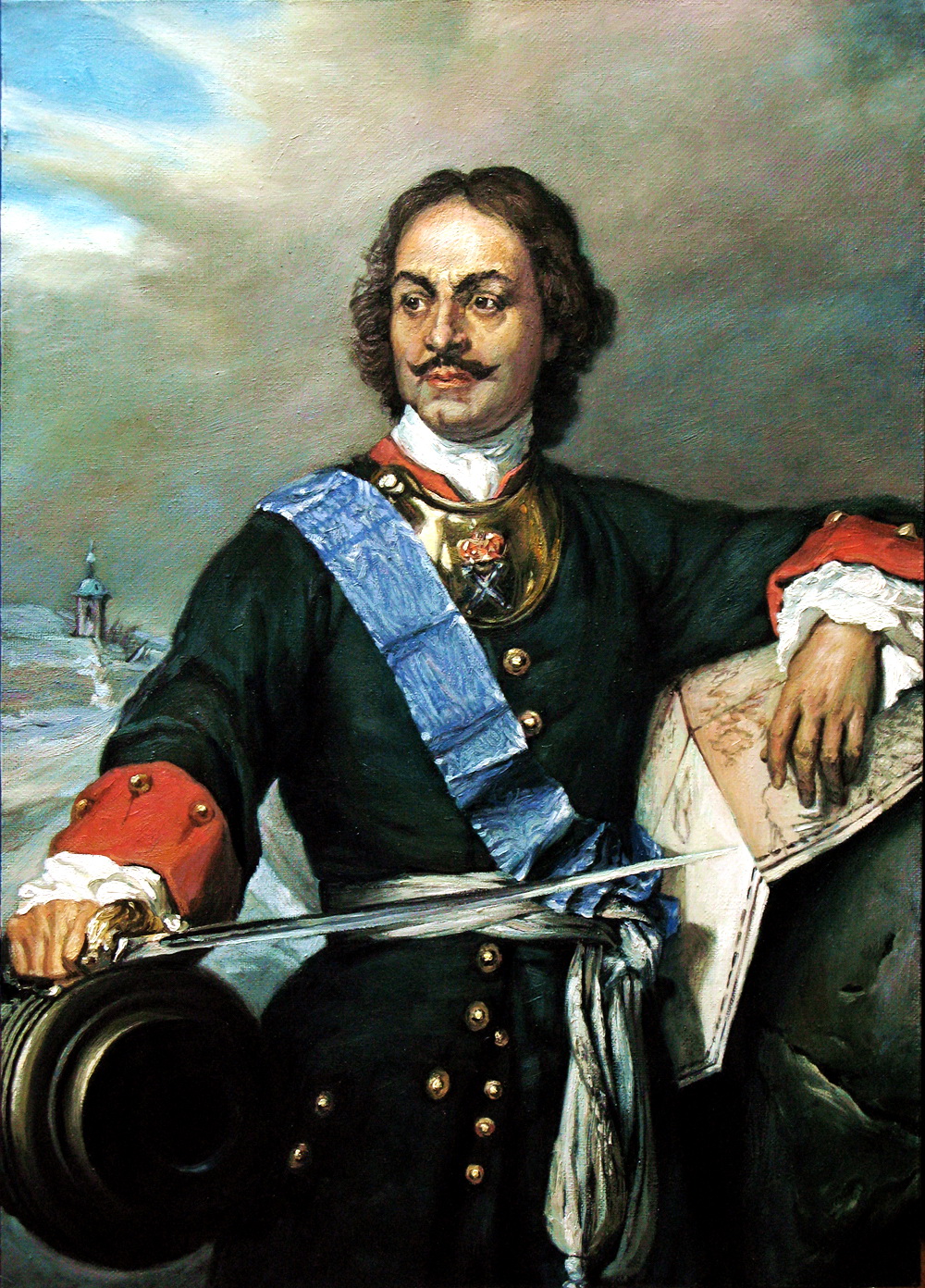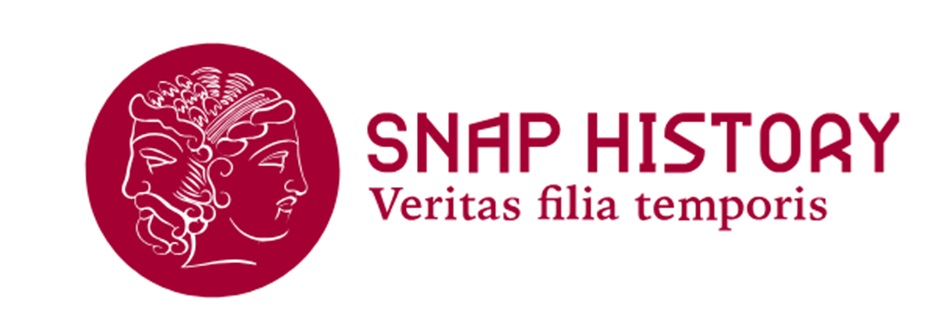Modernization at any cost!
Tsar Peter the Great and the modernization of Russia

Painting of Peter the Great from 1838, taken from Wikimedia Commons
On October 10, 1698, the Tsar of all Russia, Peter I, dressed in a green Polish-style uniform, rode on horseback in Preobrazhenskoe Square in Moscow to begin a mass execution of one hundred soldiers, the Streltsy, who had revolted against him, forcing him to return from his trip to Europe. It is said that he himself beheaded some individuals, inviting men from his court to do the same. This is one of the images representing the beginning of the modernization of Russia, following the Western European model, by the man who went down in history as Peter the Great.
In 1689, after a long dynastic crisis, he established himself as the sole Tsar, the son of the second marriage of Alexei, a young man healthy, robust, strong, toughened by outdoor games and military exercises. He undertook an educational journey and between 1697-1698, he visited Holland, England, and Germany where he learned new techniques related to weaponry and shipbuilding. His interest in these new knowledge was such that he even worked as a carpenter and gunner. Due to the Streltsy rebellion, he was forced to return and assume the role that belonged to him, leading the Empire. Once back, he was firmly determined to modernize Russia. To achieve this goal, he sent many young Russian aristocrats abroad to embrace Western sciences and manners; he imposed on the aristocracy the practice of shaving their faces and dressing like Germans. In a few decades, the mindset and customs of the Russian nobility underwent a profound evolution. In 1718, Peter had his son tortured and killed for not sharing his policies. The modernization process aimed to strengthen the army following the Western model and allowed him to seize Livonia, Ingria, and part of Karelia, a success achieved through the long and exhausting "Great Northern War" (1700-1721). During that war, he began the construction of a city that would be named after him and would become the capital in 1713, St. Petersburg.
- Carlo Capra, Storia Moderna 1492-1848, Le Monnier University-Mondadori Education, third edition, published 2016
- Igor Fedyukin, “Westernization” from Peter I to Meiji: war, political competition, and institutional change, “Theory and Society”, Vol. 47, No. 2, Springer, April 2018, p.207-231
2025-03-06
Salvatore Ciccarello
